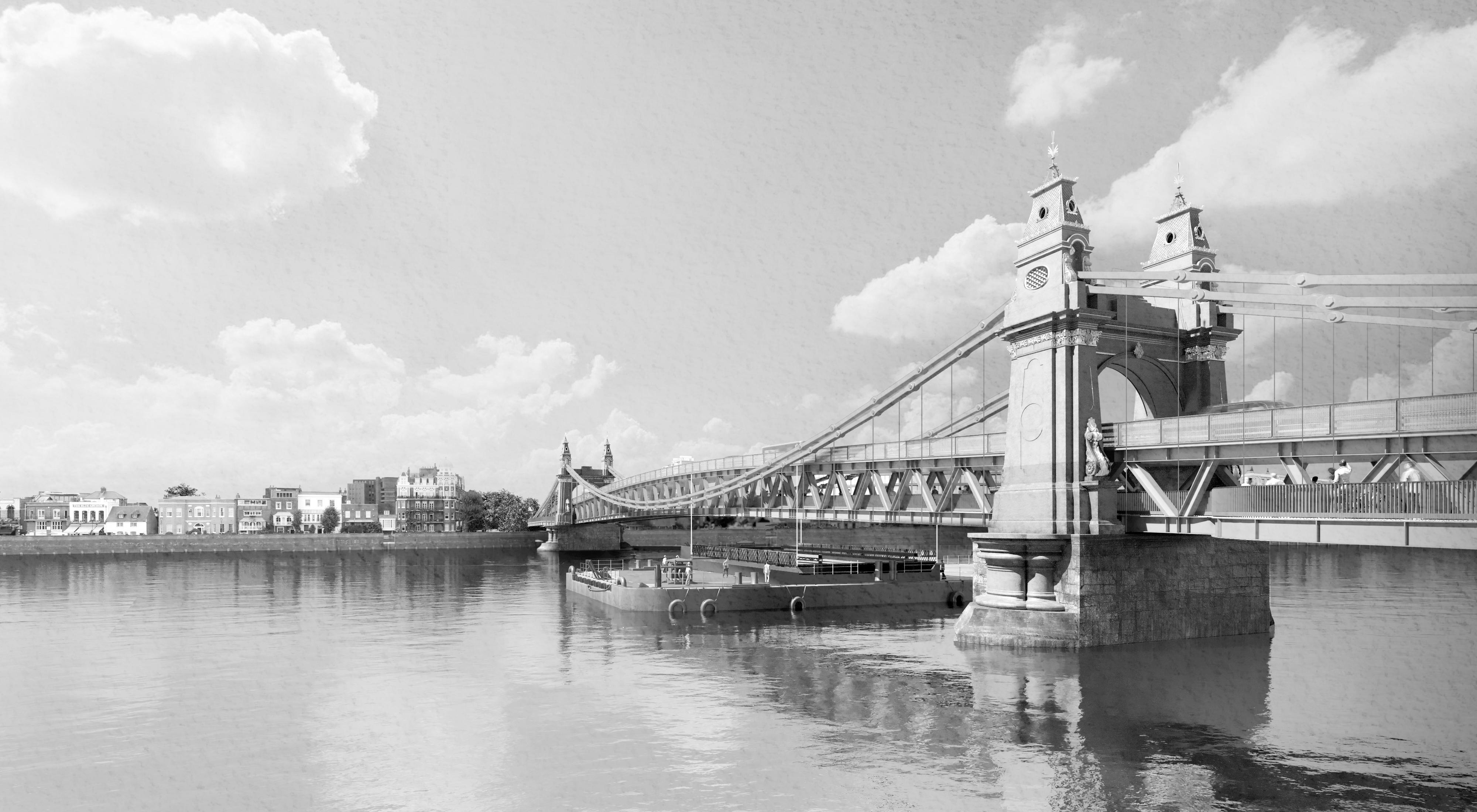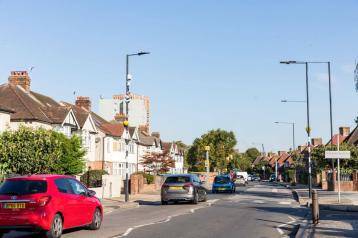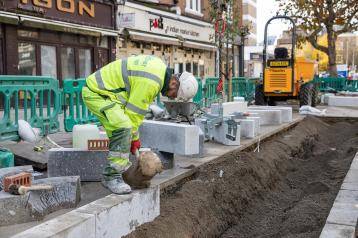
Architect's CGI showing how the double-decker temporary truss solution might look
World-leading engineers working to restore Hammersmith Bridge are to seek planning permission for the innovative double-decker temporary truss solution.
The decision to progress to planning permission is among a £5million package of measures agreed on Monday (10 October) by H&F's Cabinet. Planning will require consultation with key stakeholders including Historic England, the Environment Agency, Port of London Authority, Richmond Council and the Marine Management Organisation.
The proposal from architect and engineering firm Foster + Partners and bridge engineers COWI has emerged as Hammersmith & Fulham Council's preferred option for the full repair of the bridge and its re-opening to motor vehicles.
If approved, it would see a temporary double-decker crossing placed within the existing structure of Grade II*-listed Hammersmith Bridge and supported by the bridge's foundations. This would enable the bridge to reopen to motorists earlier than the existing Transport for London plan.
Elements of the bridge that need repair, including the decking, would be lifted away using the temporary bridge as a works platform and transported by barges to an off-site facility for safer and easier repair and restoration.
Other essential works required to move to the next stage are:
- The removal of the two Cadent Gas mains off the bridge and their diversion on an alternative route, and
- Further development of the contract and procurement of the full restoration so it is ready to progress when the stabilisation work is completed.
Cllr Sharon Holder, H&F Cabinet Member for Public Realm, said: "Once again to expedite the full restoration works at pace, we will fund in good faith and at risk the £5m rather than wait for the Department for Transport and TfL's governance processes to sign off on their one-third shares. We, of course, anticipate that their shares will be subsequently reimbursed."
Stabilisation works on the bridge are now due to be finished by the end of February, following a delay acquiring steel from Ukraine due to the war. However, the delay has had no impact on the programme for the full restoration as works continue to run in tandem.
In a separate procurement strategy report, also agreed by Cabinet on Monday (10 October), the council sets out its objective to appoint a private sector contractor to design, renovate, finance and maintain the bridge.
H&F's construction costs and the ongoing operation and maintenance of the bridge would be funded by a toll or road user charge meaning that the users of the bridge, that is motorists, pay rather than the residents of the borough.
Want to read more news stories like this? Subscribe to our weekly e-news bulletin.




